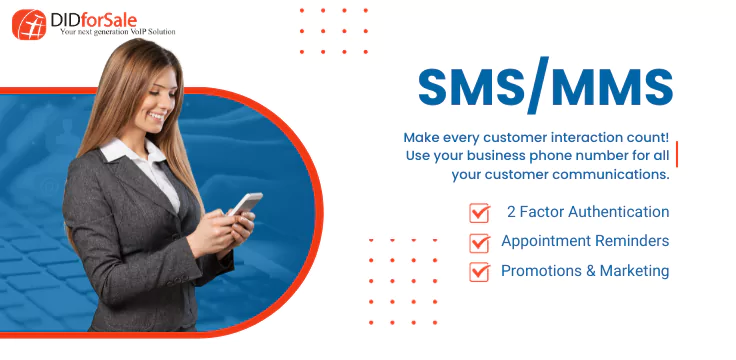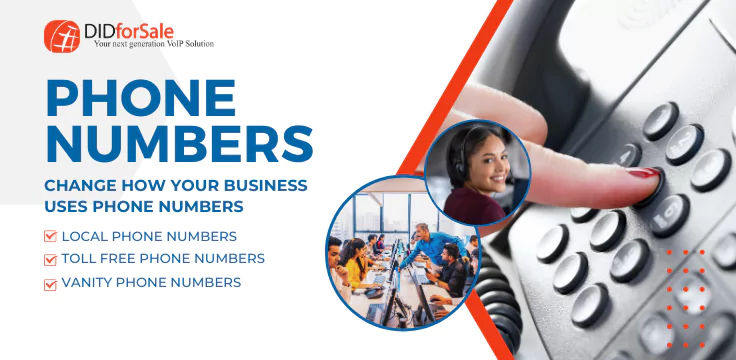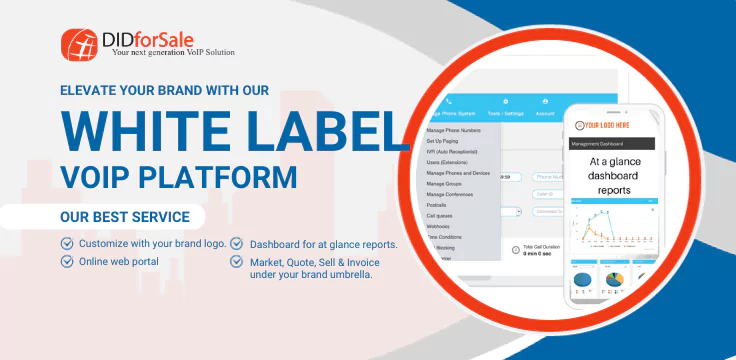Who is CTIA?
The Cellular Telecommunications Industry Association (CTIA) is a telecom industry association which involves agents from real telecom organizations, such as wireless carriers, VoIP operators, and CPaaS companies.
The CTIA has recently updated its Messaging Best Practices and Guidelines. This version of the Principles and Best Practices replaces the 2017 CTIA Messaging Principles and Best Practices.
What is Update about?
In its latest update for Messaging Best Practices and Guidelines CTIA has laid down regulations to protect consumers and text messaging platform from fraudulent activity and other form of system abuse. By building up clear parameters and rules, these Principles and Best Practices urge Message Senders to keep up Customer trust, confidence, and certainty.
The new Update also clearly defines the difference between A2P and P2P messaging.
P2P Messaging:- Person to Person messaging commonly referred to as P2P is message sent from one consumer to another.
A2P Messaging:- Application to Person or A2P messaging refers to SMS messages sent to consumer by using application. A2P allows organizations to automate mass messaging.
If your business is sending mass messages of any sort, then these new rules may influence your message deliverability. The progressions are particularly appropriate to those sending messages on local numbers that are not affirmed for new 10DLC carrier routes.
Things you should know about 2019 CTIA Updated Messaging Principles and Best practices.
- Consumer Consent :
The new updates clarify that any organization sending text messages to consumers should receive clear, opt-in consent. Any messages sent by organizations that have not obtained opt-in consent may be subject to protection measures that could delay or block unwanted messages. CTIA recommends that any organization using A2P messaging should:-
– Obtain Consumer’s express written consent to receive marketing messages.
– Provide clear Opt-out option for consumer.
– Obtain clear Opt-in consent from user to send any form of text communication.
- Toll free and Local phone numbers for A2P:
CTIA has now acknowledged that along with short codes, toll free phone numbers and local phone numbers can be used for A2P messaging.
- Refrain from Snowshoe Messaging:
Snowshoe Messaging is a technique used to spread messages across many sending phone numbers or short codes. According to the CTIA guidelines, the snowshoeing messaging traffic is included in the inappropriate routes for A2P messaging.
- Say No to Grey Route:
The CTIA update also prohibits organizations to use the Grey Routes. A Grey Route is a setting, method or path that is not authorized by Service Providers for A2P Messages.
- Suitable Messaging Channels:
In the CTIA 2019 version of Principles and Best Practices, were affirmations of suitable messaging channels for high-volume, A2P traffic. Channels acknowledged by the association for the consumers are Toll-free numbers, short codes, and local numbers.
- Attributes of a P2P Consumer:
The recent update of 2019 incorporates a very precise traffic guideline to define P2P consumers VS A2P consumers. Following are the requirements for a customer to be assumed as a P2P consumer:
Throughput: A P2P Consumer can send or receive a maximum of 15 to 60 messages per minute i.e. (not more than 1 message per second).
Volume: Consumer should not send or receive more than 1000 messages a day as general consumers do not send or receive texts more than a few hundred in a day.
Unique Sender: This condition is incorporated in the updated (2019) version. Only One telephone number is assigned to or utilized by each consumer.
Unique recipients: A P2P consumer typically sends messages to limited recipients. Not more than 100 unique telephone numbers per message are allowed.
Balance: Approximately there should be a ratio of 1:1 of outgoing messages to incoming messages as most of the consumer messages are conversational.
Repetition: The typical consumer behavior is not to send substantially repetitive messages. If the consumer sends more than 25 repetitive messages, this would be considered as an A2P Consumer attribute instead of a P2P Consumer Attribute.
Click here to checkout detailed CTIA Compliance guide.




